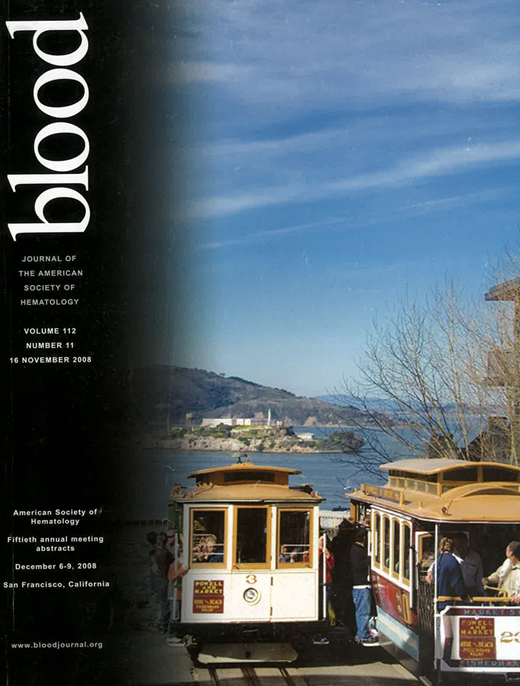Abstract
Alloimmunization to red cell antigens can seriously compromise the treatment of chronically transfused sickle cell patients by increasing the risk of delayed hemolytic transfusion reactions and decreasing the availability of suitable red cell units. In an effort to reduce the rate of alloimmunization, many institutions routinely provide transfusions that are phenotypically matched for selected red cell antigens. Controversy exists in this approach with some advocating the use of extensive matching protocols in which 9 or more red cell antigens are screened while others follow a more limited approach in which only 3–5 antigens are screened. Neither the relative clinical efficacy nor the cost-effectiveness of these approaches has been compared. In our institution a limited phenotype matching program was instituted in June 1999 in which red cells provided to all pediatric sickle cell patients are negative for C, E, and Kell antigens only. All patients are screened for the presence of red cell allo-antibodies prior to each transfusion and additional phenotype matching was performed for patients who develop specific antibodies other than C, E and/or Kell. We present here our experience with this limited phenotype matching approach in 169 pediatric sickle cell patients.
The patients in our study have received a mean of 100.7 red cell transfusions (range 1–555). Overall, 36 (21.3%) patients developed at least one red cell alloantibody. However, 15 of these patients had developed antibodies to C, E, or Kell (or a combination) as a result of transfusion prior to referral to our hospital or as a result of transfusion here, prior to the routine implementation of our limited matching program. Therefore, only 21 patients (12.4%) developed red cell alloantibodies that could not be prevented by the consistent use of our protocol. These antibodies include; Jka (4), M (4), Fya (3), S (3), Cw (3), Lua (3), V (2), Jsa (2), and Lea, Leb, Kpa, Kna, Jkb, c (1 each). The rate of antibody production was 0.17/100 units transfused. Our results favorably compare with other reports of more extensive phenotypic matching programs (e.g, 6.7% of patients with red cell alloantibodies; 0.06 antibodies/100 units transfused). In addition, only 6 of our patients (3.6%) developed multiple (non-C, E, Kell) allo-antibodies. In 3 of these patients the antibodies developed were of questionable clinical significance (Lea, Leb, Kna) or would generally not be screened even in the most thorough phenotype matching program (Cw, Lua). Among our patients with multiple alloantibodies, compatible red cell units were easily available with 4–13% of ABO/Rh compatible units collected from a non-ethnically selected population being suitable. The extended screening carried out for this limited number of patients (3.6%) is a far more cost-effective and sustainable approach for a large sickle cell treatment program than would be possible with an extended phenotyping program including essentially all patients. It should be noted that none of our patients have demonstrated clinical evidence of either acute or delayed hemolysis. Finally, it is important to consider the relative cost-effectiveness of various phenotype matching protocols. At an approximate cost of $200 for each red cell unit and a fee of $85 for each additional antigen screened by our local blood supplier, each unit of red cells for our patients costs $455. In screening programs requiring more extensive matching (8–9 antigens screened) the cost per unit would be almost double this amount ($880–$965).
Our study suggests that this limited antigen matching is effective in reducing alloimmunization in chronically transfused pediatric sickle cell patients and additionally does so in a more cost-effective manner than more extensive screening programs. Finally, even in those patients who ultimately developed red cell antibodies, the availability of suitable red cell products was never seriously compromised.
Disclosures: No relevant conflicts of interest to declare.
Author notes
Corresponding author

